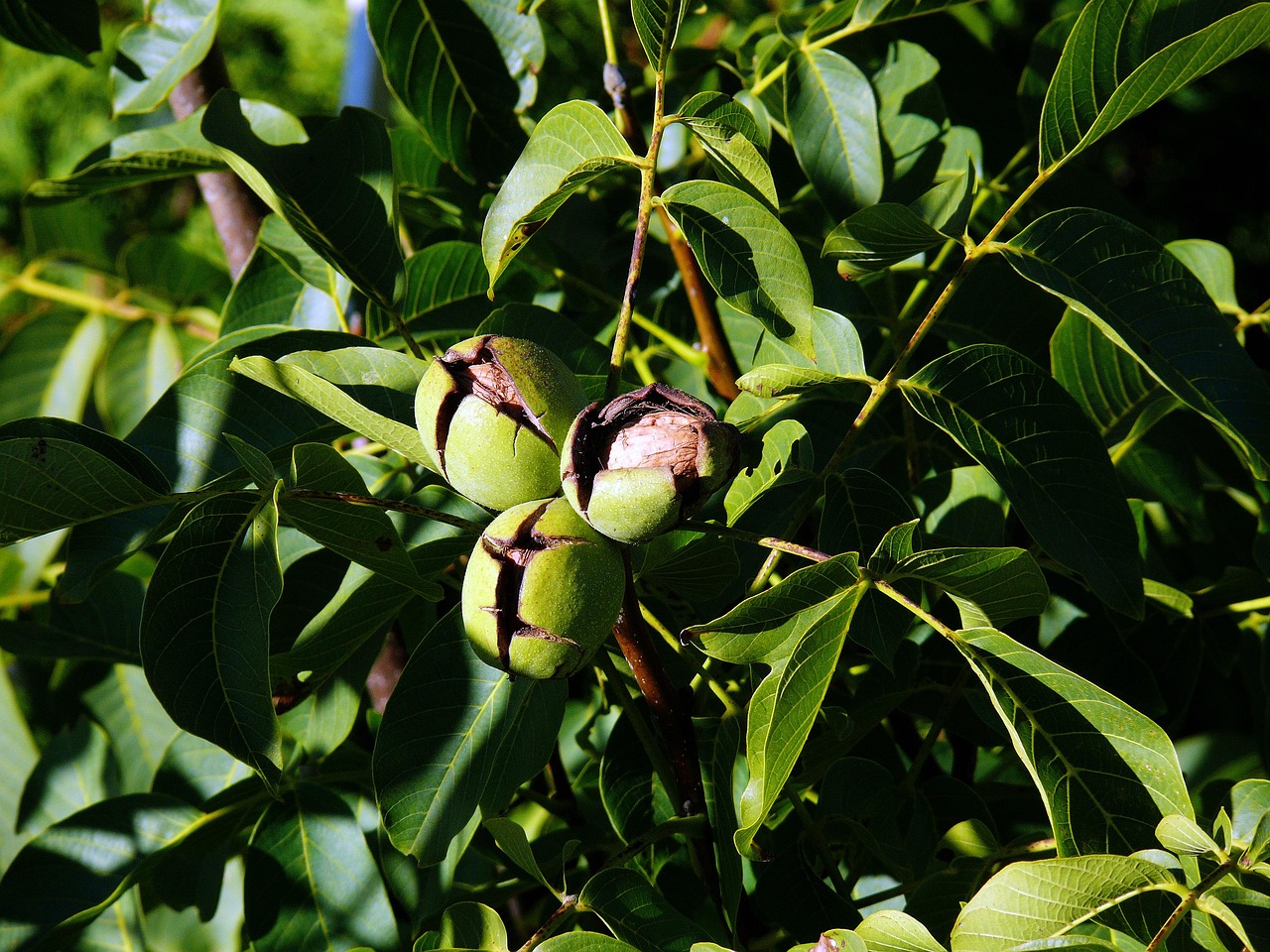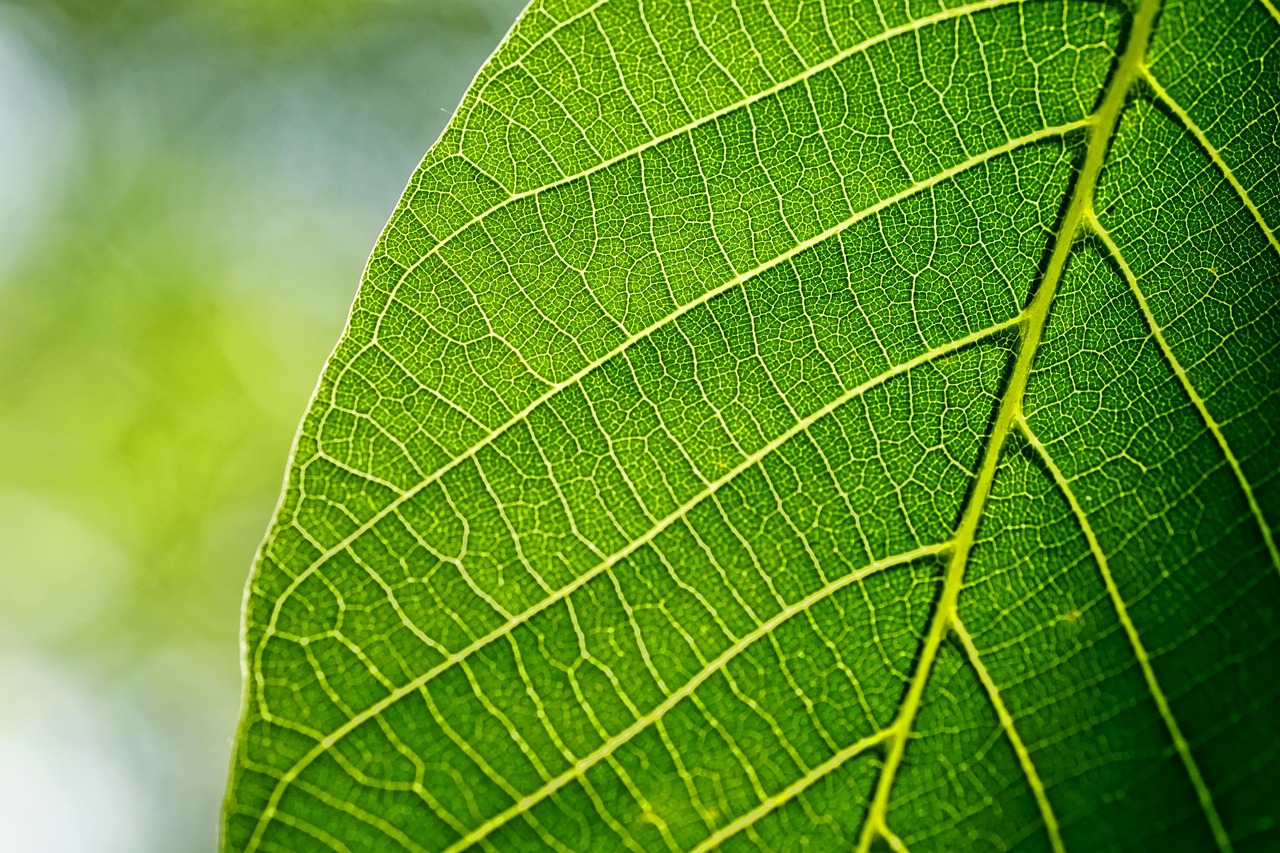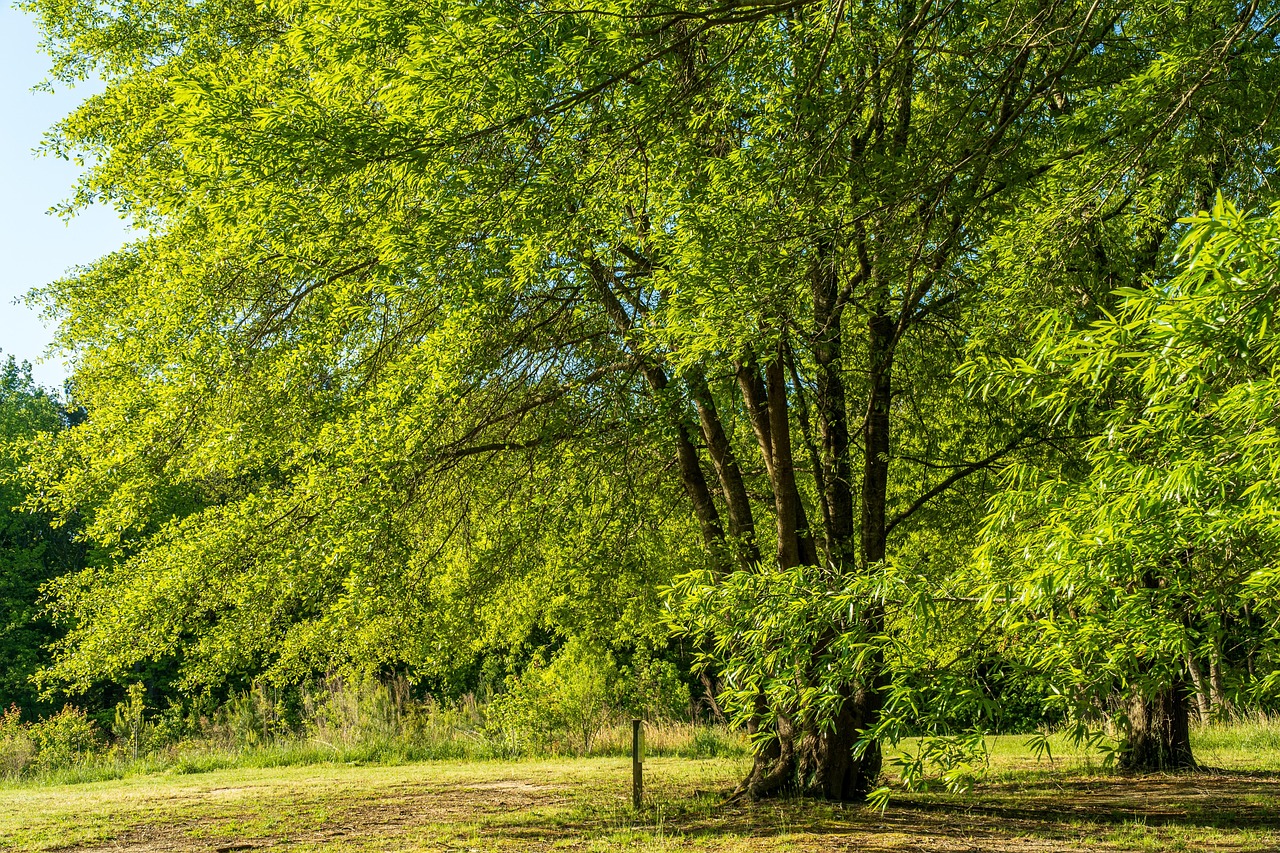The English walnut tree typically has a moderate to fast growth rate, reaching a height of 30 to 40 feet. Nut yield potential varies significantly, with mature trees producing anywhere from 50 to 200 pounds of nuts annually, depending on factors such as tree age, care, and environmental conditions.
The English walnut tree, scientifically known as Juglans regia, is renowned for its delicious nuts and valuable timber. Originating from the regions around the Caspian Sea, this species has gained popularity worldwide, particularly in temperate climates. The tree is not only cherished for its nuts but also for its aesthetic appeal in landscaping. Understanding its growth rate and nut yield potential is essential for growers and enthusiasts alike.

Growth rates of English walnut trees can vary based on several factors, including soil quality, climate, irrigation practices, and tree management techniques. Generally, these trees exhibit vigorous growth during their early years. In optimal conditions, they can grow up to 2 to 3 feet per year. However, growth may slow as the tree matures.
Factors Influencing Growth Rate
Several key factors influence the growth rate of English walnut trees:
- Soil Quality: Well-draining soil rich in organic matter promotes healthy growth.
- Climate: English walnut trees thrive in areas with a temperate climate that has distinct seasons.
- Irrigation: Adequate water supply during dry periods is crucial for optimal growth.
- Fertilization: Proper fertilization enhances growth and nut production.
- Pest Management: Protecting trees from pests and diseases helps maintain their health and productivity.
The establishment phase of an English walnut tree is critical. During the first few years, proper care and maintenance can lead to a strong foundation for future growth. Regular pruning can also help shape the tree and improve air circulation, which is vital for healthy development.

Nut Yield Potential
The potential yield of English walnuts is influenced by various factors. Mature trees typically produce nuts starting around five to seven years after planting. Here are some important considerations regarding nut yield:
- Tree Age: Younger trees produce fewer nuts. Full production often occurs around 10 to 15 years of age.
- Variety: Different cultivars may have varying yields. Some are bred specifically for higher production rates.
- Tree Management: Practices such as proper irrigation, pest control, and fertilization can significantly enhance yield.
- Environmental Conditions: Factors such as weather patterns and soil conditions play a crucial role in determining annual yields.
The average yield of English walnut trees can range widely. A well-cared-for mature tree can produce between 50 to 200 pounds of nuts per year. Factors such as variety and environmental conditions may push these numbers even higher in optimal settings. In commercial orchards, the goal is often to maximize nut production while maintaining the health of the trees.
Nutritional Value of Walnuts
Walnuts are not only valued for their taste but also for their nutritional benefits. They are rich in essential fatty acids, antioxidants, vitamins, and minerals. Here is a breakdown of the key nutritional components found in a serving of walnuts:

| Nutritional Component | Amount per 1 oz (28 grams) |
|---|---|
| Calories | 185 |
| Total Fat | 18.5 g |
| Saturated Fat | 1.5 g |
| Protein | 4.3 g |
| Fiber | 1.9 g |
| Sugars | 0.7 g |
| Omega-3 Fatty Acids | 2.5 g |
This impressive nutritional profile makes walnuts a popular choice among health-conscious individuals. They are often included in diets aimed at reducing inflammation and promoting heart health.
In summary, understanding the growth rate and nut yield potential of the English walnut tree is vital for successful cultivation and maximizing its benefits. With the right conditions and care, these trees can provide abundant harvests for many years.
Growing Conditions for English Walnut Trees
To achieve optimal growth and nut production, understanding the growing conditions required by English walnut trees is essential. These trees thrive in specific climates and soil types. Below are the main growing conditions to consider when cultivating English walnuts.

Climate Requirements
English walnut trees flourish in temperate climates with distinct seasons. They require:
- Temperature: Ideal temperatures range from 75°F to 85°F during the growing season. They are sensitive to extreme cold and can suffer damage if temperatures fall below 10°F.
- Chill Hours: These trees need a certain number of chill hours (hours below 45°F) to break dormancy and produce nuts. Typically, 1,000 to 1,500 chill hours are optimal.
- Rainfall: While English walnuts require adequate moisture, excessive rainfall can lead to root rot. Annual rainfall between 30 to 40 inches is generally sufficient.
Soil Requirements
The soil type significantly impacts the growth rate and health of English walnut trees. The ideal soil conditions include:
- Soil Type: Well-drained sandy or loamy soils are preferred. Heavy clay soils can restrict root growth and lead to waterlogging.
- Soil pH: A slightly acidic to neutral pH level of 6.0 to 7.0 is ideal for optimal nutrient absorption.
- Nutrient Content: Soils rich in organic matter enhance growth. Regular testing can help determine the need for amendments.
Cultivation Practices
Proper cultivation practices enhance the growth and yield of English walnut trees. Here are some essential practices to consider:
Planting Techniques
When planting English walnut trees, follow these guidelines:
- Selecting Quality Stock: Choose healthy, disease-resistant saplings from reputable nurseries.
- Spacing: Plant trees 30 to 40 feet apart to allow for ample sunlight and airflow.
- Planting Depth: Ensure that the graft union is above the soil line to prevent graft failure.
Irrigation Practices
Irrigation is crucial, especially during dry spells. Consider the following:
- Drip Irrigation: This method conserves water and delivers moisture directly to the roots.
- Irrigation Schedule: Water deeply but infrequently to encourage deep root growth.
- Mulching: Applying mulch helps retain soil moisture and regulate temperature.
Pest and Disease Management
Maintaining tree health requires monitoring for pests and diseases. Common threats include:
- Pests:
- Walnut Husk Fly: This pest infests developing nuts and can reduce yield.
- Codling Moth: The larvae can damage nuts, leading to decreased quality.
- Diseases:
- Walnut Blight: A bacterial disease that can cause leaf spots and reduced nut quality.
- Root Rot: Fungal diseases often arise from waterlogged soils.
A combination of cultural practices, biological controls, and when necessary, chemical treatments can effectively manage these threats.
Nutritional Needs of English Walnut Trees
Nutrient management is vital for healthy growth and optimal nut production. Key nutrients include:
- Nitrogen: Essential for leaf growth and overall vigor; it should be applied during the growing season.
- Potassium: Important for fruit quality and disease resistance; it supports strong cell walls in the nuts.
- Calcium: Vital for root development and overall tree health; it helps prevent diseases such as blossom end rot.
Regular soil testing helps determine the nutrient levels present and allows for appropriate amendments to be made.
Incorporating these growing conditions, cultivation practices, pest management strategies, and nutritional needs into your walnut tree care routine will set the foundation for a successful harvest in the coming years.
Harvesting English Walnuts
Harvesting English walnuts requires careful timing and technique to ensure the best quality nuts. The process involves monitoring the trees for signs of ripening and implementing methods to collect the nuts effectively.
Timing the Harvest
The ideal time for harvesting English walnuts is crucial for maximizing yield and quality. Here are some indicators to determine when to harvest:
- Hull Color Change: As the nuts mature, the hulls change from green to a brownish color, indicating readiness for harvest.
- Fallen Nuts: Mature nuts often drop to the ground when they are ready. Checking the ground regularly can help determine the right time.
- Shell Hardness: A firm shell is a sign that the nuts are mature and ready for harvesting.
Harvesting Techniques
There are several methods to harvest English walnuts, each with its advantages:
- Manual Harvesting: This method involves hand-picking fallen nuts from the ground. While labor-intensive, it allows for careful selection of high-quality nuts.
- Mechanical Harvesting: For larger orchards, mechanical harvesters can be used to shake the trees, causing nuts to fall onto catching mats. This method is efficient and reduces labor costs.
- Shaking Trees: In smaller orchards, using a tree shaker can help dislodge nuts without damaging the tree or fruit.
Post-Harvest Processing
Once harvested, proper processing is essential to maintain quality and extend shelf life. The following steps outline the post-harvest process:
Cleaning and Drying
After harvesting, it’s important to clean and dry the nuts:
- Cleaning: Remove any debris, leaves, or hull remnants from the nuts. This can be done manually or with a cleaning machine.
- Drying: Nuts should be dried to reduce moisture content. Ideally, they should be dried in a well-ventilated area away from direct sunlight until they reach about 8-10% moisture content.
Storage Conditions
Proper storage is vital for maintaining walnut quality:
- Temperature: Store walnuts in a cool, dry place. Ideal storage temperatures range between 32°F to 40°F.
- Humidity: Keep humidity levels low to prevent mold growth. A relative humidity of around 65% is optimal.
- Pest Control: Regularly check stored walnuts for signs of pests such as weevils or mold.
Economic Aspects of Walnut Cultivation
Investing in English walnut cultivation can be economically rewarding but requires careful consideration of various factors. Below are important economic aspects to consider:
Initial Investment Costs
The initial costs associated with planting and maintaining walnut trees can vary significantly based on several factors:
- Land Preparation: Costs for soil testing, land clearing, and soil amendments can add up.
- Seedlings: Quality grafted seedlings can be more expensive than standard seedlings but may yield better results.
- Irrigation Systems: Installing an irrigation system is essential in regions with insufficient rainfall.
Ongoing Maintenance Costs
Annual maintenance costs will include:
- Pest and Disease Management: Regular monitoring and treatments to protect against pests and diseases are necessary.
- Nutrient Management: Fertilization and soil amendment costs should be factored into annual budgets.
- Labor Costs: Labor for pruning, harvesting, and general maintenance will contribute to ongoing expenses.
Potential Revenue from Walnut Sales
The revenue potential from walnut sales can be significant, particularly as trees mature. Key considerations include:
- Aging Trees: Trees typically start producing a marketable yield around five years of age, with production peaking between 10 to 20 years.
- Nuts per Tree: As previously mentioned, a mature tree can yield between 50 to 200 pounds of nuts annually, depending on care and variety.
- Market Prices: Prices for English walnuts fluctuate based on market demand, quality, and processing methods. Understanding market trends can help maximize profits.
The economic viability of cultivating English walnuts involves balancing initial investments, ongoing maintenance costs, and potential revenue from nut sales. By carefully managing these factors, growers can position themselves for success in the walnut market.
Considerations for Sustainable Walnut Farming
In addition to the economic factors, sustainable practices are becoming increasingly important in walnut cultivation. Growers must consider the long-term health of their trees and the environment. Here are some essential sustainable practices to adopt:
Organic Practices
Implementing organic farming methods can enhance soil health and reduce chemical inputs. Consider the following practices:
- Cover Crops: Planting cover crops can improve soil structure, prevent erosion, and enhance nutrient cycling.
- Natural Pest Control: Utilizing beneficial insects and natural predators can help manage pest populations without chemical pesticides.
- Organic Fertilizers: Using compost and other organic amendments can provide essential nutrients while maintaining soil health.
Water Conservation
Efficient water use is critical in walnut farming, especially in areas prone to drought. Strategies include:
- Drip Irrigation: This method minimizes water usage by delivering moisture directly to the root zone.
- Rainwater Harvesting: Collecting and storing rainwater can provide an additional water source for irrigation.
- Soil Moisture Monitoring: Using sensors or other technologies to monitor soil moisture levels can help optimize irrigation schedules.
Biodiversity Enhancement
Encouraging biodiversity on the farm can lead to improved ecosystem health. This can be achieved through:
- Planting Native Species: Incorporating local flora around the orchard can support pollinators and other wildlife.
- Diverse Cropping Systems: Practicing crop rotation and intercropping can reduce pest pressures and enhance soil fertility.
Future Trends in Walnut Production
The walnut industry is evolving with advancements in technology and shifting consumer preferences. Some trends to watch for include:
- Sustainable Certification: As consumers become more environmentally conscious, certified organic walnuts may command higher prices in the market.
- Value-Added Products: Developing products such as walnut oil, flour, or snacks can open new revenue streams for growers.
- Research and Innovation: Ongoing research into disease-resistant varieties and improved cultivation techniques will continue to enhance productivity.
Final Thoughts
The English walnut tree presents a remarkable opportunity for growers seeking to cultivate a profitable and sustainable crop. Understanding its growth rate, nut yield potential, and the environmental factors influencing its success is essential. From proper planting techniques to effective pest management, each aspect contributes to the overall health and productivity of the trees.
Investing in sustainable practices not only benefits the environment but also enhances the long-term viability of walnut farming. As market trends shift towards organic and sustainably sourced products, walnut growers who adapt to these changes will likely find themselves well-positioned for success. With the right care, knowledge, and commitment to sustainability, English walnut trees can yield abundant harvests that benefit both growers and consumers alike.
In conclusion, by focusing on best practices in cultivation, pest management, and sustainability, farmers can maximize the potential of their English walnut orchards. The journey from planting to harvest is filled with challenges and rewards, ultimately leading to a fruitful enterprise that contributes positively to the economy and the environment.
